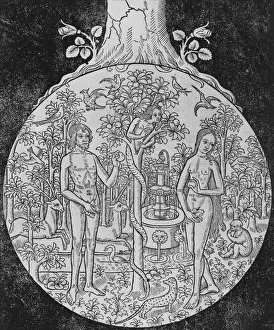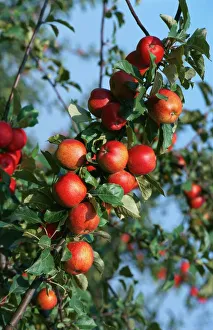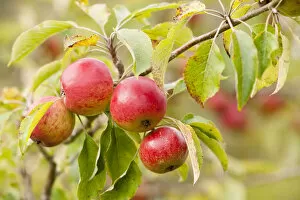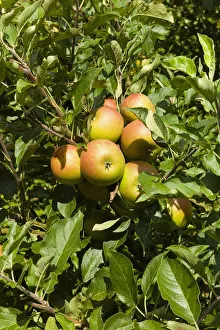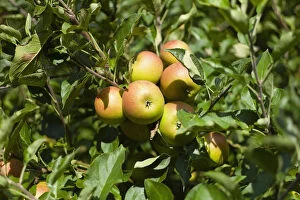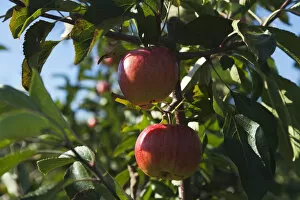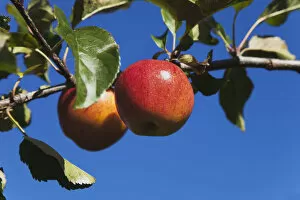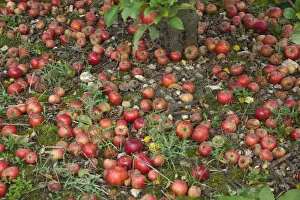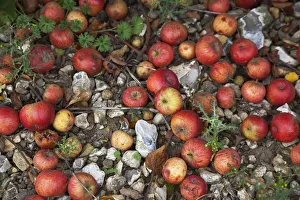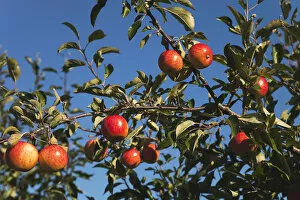Malus Domestica Collection
"Exploring the Rich History and Beauty of Malus Domestica: From Biblical Symbolism to Orchards in Bloom" Malus domestica, commonly known as the apple tree
All Professionally Made to Order for Quick Shipping
"Exploring the Rich History and Beauty of Malus Domestica: From Biblical Symbolism to Orchards in Bloom" Malus domestica, commonly known as the apple tree, has captivated humanity for centuries. Its significance can be traced back to ancient times, where it played a pivotal role in biblical narratives such as "The Rebuke of Adam and Eve" by Charles-Joseph Natoire. This artwork depicts the infamous fruit that led to their expulsion from paradise. Fast forward to 1501 when "Le Premier Volume de la bible en francoiz historiee et nouvellement imprimee" showcased the apple's prominence within religious texts. It symbolized temptation and human fallibility, forever ingrained in our collective consciousness. In more recent times, images like "Red Cider Apples on the Branch of an Apple Tree" capture the essence of springtime orchards in Broxwater, Cornwall. The delicate blossoms herald a bountiful harvest soon to come. Traditional orchards at Cotehele National Trust property showcase apples (Malus domestica) thriving amidst idyllic landscapes. These carefully cultivated trees stand as testaments to our enduring connection with nature. Venturing across continents, we find ourselves in New Zealand's South Island witnessing vast apple plantations in Nelson's Hira region. Here, Malus domestica thrives under favorable conditions, contributing significantly to global apple production. Even historical photographs like Russell Lee's "Peaches [i. e. , apples] on a tree, " taken in Delta County during 1940s America, remind us of simpler times when life revolved around family-run orchards and their abundant yields. Today's modern world offers refrigerated display cases showcasing freshly harvested locally grown Fuji and other apple varieties at Wenatchee produce stands in Washington State—a testament to both tradition and progress coexisting harmoniously. Let us not forget that it has inspired art beyond its fruit-bearing qualities.


